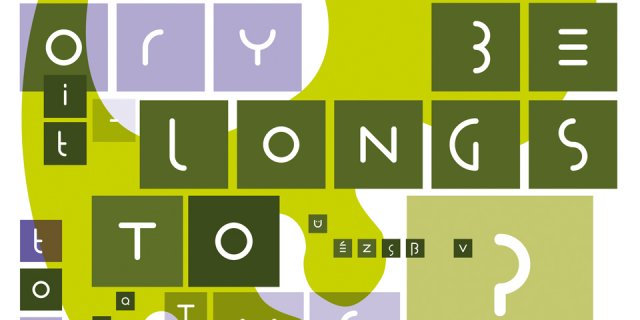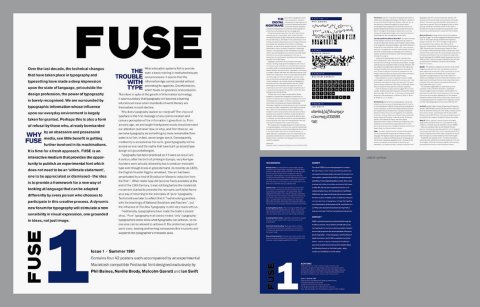 For five years running, the Louvre has been the most visited art museum
For five years running, the Louvre has been the most visited art museum
The Louvre in Paris was the most visited art museum last year, according to the
Art Newspaper.
The publication's annual poll stated that nearly 8.9 million
people visited the French institute, which was almost a 5% increase on
last year.
New York's Metropolitan Museum Of Art was the second most visited venue, with the British Museum in third place.
Two more London museums - the National Gallery and the Tate Modern - were in fourth and fifth place respectively.
'Good value'
The Louvre has topped the annual list since it began in 2007.
The Art Newspaper's deputy editor Javier Pes said the
institute remained popular because it is home to Leonardo da Vinci's
Mona Lisa "among other treasures".
Art gallery attendance has continued to climb, despite the global recession but Mr Pes was not surprised by the findings.
"Last year, American museums particularly took a big hit with
the financial crisis, so they had to look for cuts and they found some
of them in exhibition budgets."
'Big effect'
"Now the big museums fall back on the great collections. The
Met did really well from showing their Picassos. So museums have had to
be creative with their collections.
"But there is obviously still an appetite out there and the museums are offering good value for money."
Continue reading the main story
Theories abound as to why art venues across the world have
become increasingly popular. They range from art being the new religion
in a secular age, to the rise of mass-participation event culture in
response to the fracturing of communities in our digital world.
They're reasonable points, which probably have had some
positive affect on attendances. But not to the extent we have witnessed
over the past decade. After all, great art has always had pulling power -
there's nothing new in that.
So what's changed, if it's not us? The answer is, museums have.
Until fairly recently a museum saw itself as an academic
institution that begrudgingly opened to the public as part of its state
funding deal. The art historians that worked in these fusty, dusty
places, looking after the treasures within, called themselves "keepers" -
a proprietorial, guard-like job title with an inherently anti-public
access ethos.
But then, at some point in the 1980s, a new breed of
impresario-cum-museum Director emerged and turned their institutions
into visitor attractions. Marketing departments were created, public
relations experts were hired, and once damp, dark and forbidding
buildings were transformed into light, bright family-friendly venues.
Art had gone into the show business and has been presenting blockbusters ever since.
A British Museum spokeswoman said she was "delighted" to feature so high in the list.
"The museum is committed to ensuring we show the world to the world, with free access for all."
The National Gallery also welcomed its place in the top five.
"The rise to the fourth most popular museum and gallery in
the world reflects the enduring appeal and relevance of Old Master
paintings today, and the strength of engaging exhibitions with a wide
appeal," a statement said.
And a Tate Modern spokeswoman added the visitor figures "reflect the increasing worldwide interest in culture and the arts".
At number six was Washington's National Gallery of Art,
permanent home to the only Leonardo Da Vinci painting in whole of the
Americas, followed by the National Palace Museum in Taipei, Taiwan.
The Centre Pompidou in Paris was in eighth position, with the
National Museum of Korea at number nine and Paris' Musee D'Orsay
rounded off the top 10.
Attendance figures from more than 400 art institutions from across the world were collected from January to December last year.
The top 20 most visited exhibitions during last year have also been released.
Top of the list was The Magical World of Escher at Rio's
Centrol Cultural Banco do Brazil with 9,677 people on average visiting
it per day, with the total number throughout the year totalling 573,691.
Unlike a lot of high profile exhibitions, the Escher show was
free to members of the public, which Mr Pes said "undoubtedly has a big
effect" on a show's popularity.
'Great strides'
Kukai's World: The Arts Of Esoteric Buddhism at the Tokyo
National Museum was in second place, followed by Landscape Reunited at
the National Palace Museum in Taipei.
Continue reading the main story
Top 10 most visited exhibitions on a daily basis
1. The Magical World of Escher at the Centro Cultural Banco do Brasil - 9,677
2. Kukai's World: The Arts Of Esoteric Buddhism at the Tokyo National Museum - 9,108
3. Landscape Reunited - National Palace Museum - 8,828
4. Alexander McQueen: Savage Beauty at the Metropolitan Museum Of Art - 8,025
5. Claude Monet (1840-1926) at the Grand Palais - 7,609
6. Photoquai at the Musee Quai Branly - 7,304
7. Mariko Mori: Oneness at the Centro Cultural Banco do Brazil - 6,991
8. Monuments: Anish Kapoor at the Grand Palais - 6,967
9. Laurie Anderson at the Centro Cultural Banco do Brazil - 6,934
10. The Prado Museum at the Hermitage at the State Hermitage Museum - 6,649
The Alexander McQueen: Savage Beauty exhibition at the Metropolitan in New York attracted just over 8,000 people a day.
The venue showed a collection of dresses and costumes made by the late British fashion designer, who killed himself in 2010.
Rounding off the top five was the Claude Monet display at the Grand Palais.
Figures have continued to increase since 1996, when the publication first began recording visiting figures.
Initially a show needed around 3,000 people a day in order to
make the top 10, now they need to have almost 7,000 visitors a day.
Mr Pes said museums have "made great strides" in recent years.
"Museums can pat themselves on the back," he added. "They
have built up audiences so there is a bigger appetite to see art,
especially contemporary art.
"Museums have got better at putting on exhibitions and marketing them and building up excitement."







